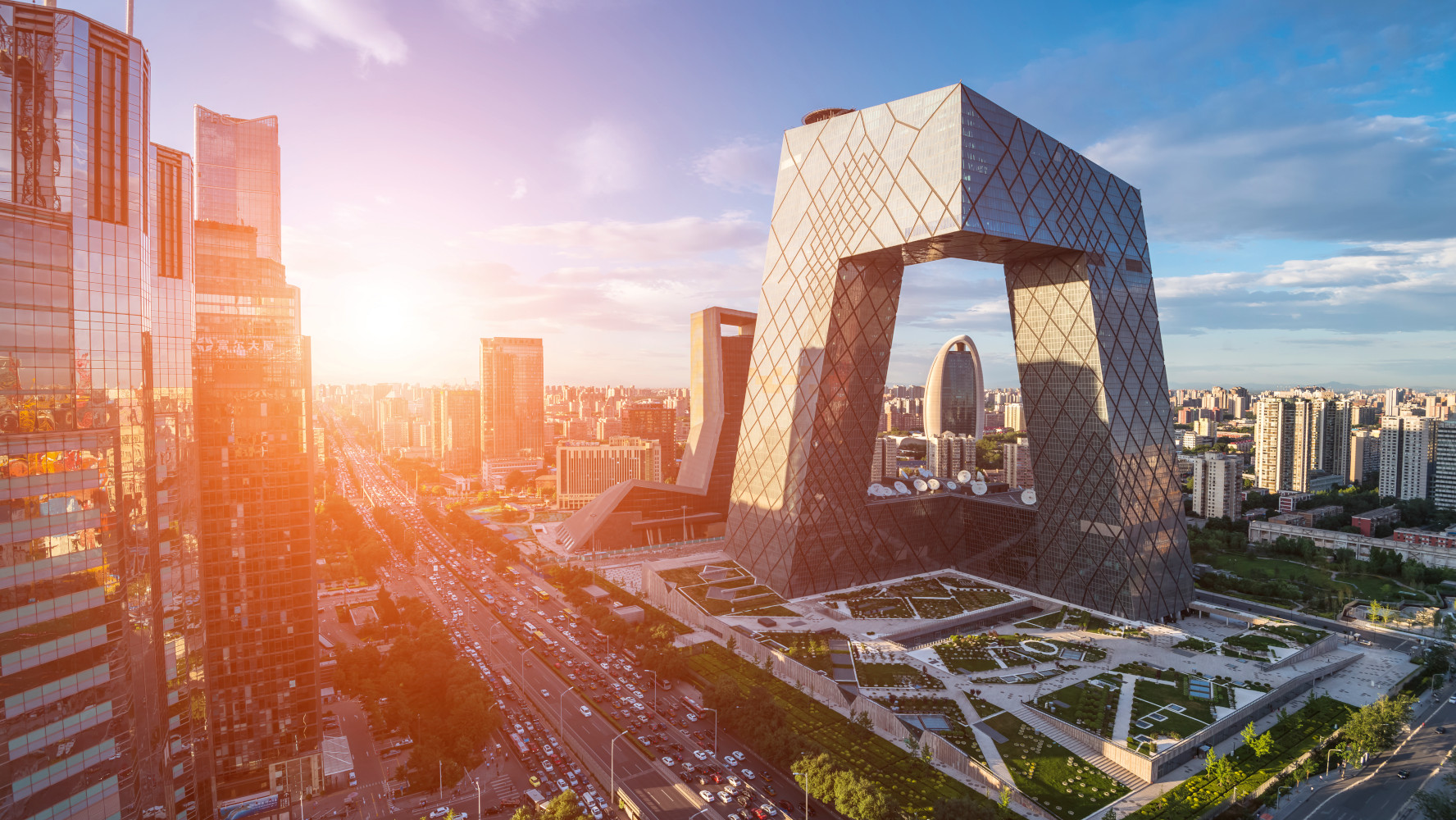Interest rates have surged over the past 18 months, stemming the flow of cheap money that buoyed the global real estate market in the aftermath of the global financial crisis. Inflation and a weaker global economy mean the halcyon days of real estate are over, and rental income is harder to find.
Few asset classes are more closely correlated to GDP growth than real estate. Driven by a global ageing population, the long-term outlook is one of low growth and low interest rates. Rising affluence in many quarters is stemming growth too, since lower-income groups feed more money into the economy than wealthy savers. A return to secular stagnation will affect rental income across all sectors.
Global GDP and Property Returns
Source: Savills Research using MSCI and Oxford Economics
Meanwhile, disruptive forces are breaking the traditional links between GDP growth and real estate sector growth. They are driving increased sector dispersion in the market, creating new growth niches – and doldrums. The retail “apocalypse” of the past decade provides a salutary example of what can happen if investors end up on the wrong side of these trends.
The most disruptive force of all is climate change, which is posing huge challenges for the global economy and real estate. In the office sector, for example, older, less sustainable buildings are facing obsolescence or repurposing. Green buildings, on the other hand, are in short supply so come at a premium, which is pushing up rents. Investors who do not adapt risk being left with stranded assets.
Deglobalisation: who will benefit?
Dispersion of geographic returns, by contrast, is decreasing as real estate assets become more globalised. However, this could be set to shift. Again, climate change is a big part of the reason. World governments are addressing the challenge at different speeds, which is consuming large amounts of capital.
At the same time, increasing geopolitical tensions, due mainly to the war in Ukraine, are putting the brakes on globalisation.
From an economic growth perspective, current demographic trends and/or catchup potential, point to opportunities in developing countries with accessible real estate markets – including China, Mexico and South Africa.
Deglobalisation, however, could drive global capital flows in new directions. For example, the US government is providing massive subsidies to encourage domestic production in strategic sectors such as semiconductors. Nearshoring will have implications for global supply chains and the demand for logistics space.
Potential for growth in cities
By 2050, the number of people living in urban areas is expected to double, accounting for 70 per cent of the world’s population.
In developing countries, rapid urbanisation creates huge housing and infrastructure challenges – but it also brings opportunities for real estate investors seeking rental growth.
In the so-called developed world, cities such as Sydney and London continue to draw in younger people, defying national-level demographic challenges. In contrast, people in the US are moving out of city centres to the suburbs, drawn by more affordable housing and driving changes in work and spending patterns. This is creating its own dynamic, especially in the retail sector.
In Asia-Pacific, many parts of the region will continue to see enviable growth rates in the future, supported by youthful demographics and rising incomes. This will continue to drive occupier markets across all asset classes, from traditional offices and shopping malls to data centres and healthcare facilities.
The future of real estate
The global real estate market is entering a new phase that will be characterised by greater volatility and increased fragmentation, but long-term shifts such as the Asia growth story remain in play.
Although an ageing population means slower global growth, it also necessitates greater investment in healthcare and senior care. Similarly, as more local data centres are set up, rather than relying on overseas outsourcing, vacant office space can be repurposed and revitalised.
To secure rental income, investors must stay abreast of these trends and remain nimble.



